Home>Renovation & DIY>Home Renovation Guides>How To Waterproof A Crawl Space
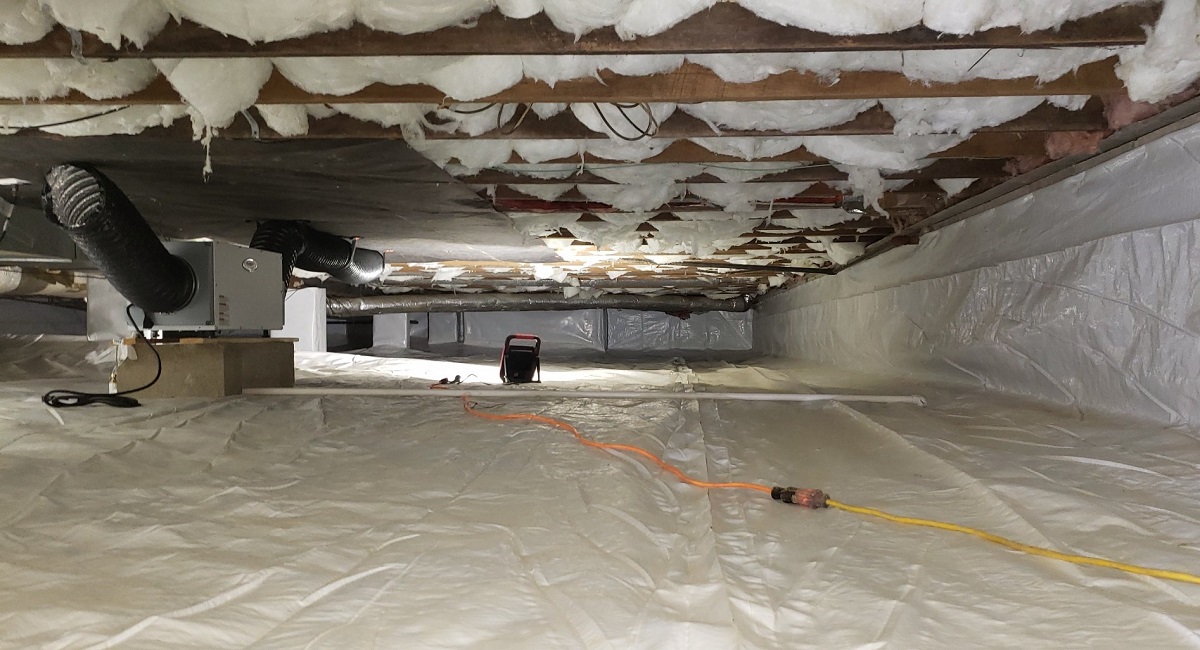

Home Renovation Guides
How To Waterproof A Crawl Space
Modified: February 18, 2024
Learn how to waterproof your crawl space with our comprehensive home renovation guide. Get expert tips and advice for a dry and healthy home.
(Many of the links in this article redirect to a specific reviewed product. Your purchase of these products through affiliate links helps to generate commission for Storables.com, at no extra cost. Learn more)
Introduction
When it comes to maintaining a home, ensuring that every nook and cranny is well-protected is crucial. One often overlooked area that requires attention is the crawl space. This often neglected space beneath a house plays a vital role in the overall structural integrity and indoor air quality of a home. Waterproofing a crawl space is a fundamental step in safeguarding the property against moisture-related issues such as mold, mildew, and structural damage.
In this comprehensive guide, we will delve into the essential steps, materials, and tools needed to effectively waterproof a crawl space. By understanding the importance of this process and learning how to execute it properly, homeowners can protect their investment and create a healthier living environment for their families. So, let's roll up our sleeves and explore the world of crawl space waterproofing together.
Key Takeaways:
- Protect your home by waterproofing the crawl space to prevent mold, structural damage, and pest infestation. It’s essential for a healthier living environment and long-term property preservation.
- By waterproofing your crawl space, you can prevent costly repairs, improve indoor air quality, preserve property value, save on energy costs, and deter pests. It’s a proactive investment in your home’s well-being.
Read more: How To Inspect A Crawl Space
Understanding the Importance of Waterproofing a Crawl Space
Waterproofing a crawl space is a critical aspect of home maintenance that directly impacts the overall well-being of a property and its inhabitants. A crawl space, although often unseen and overlooked, plays a significant role in the structural integrity and indoor air quality of a home. Understanding the importance of waterproofing this area is essential for homeowners to grasp the potential consequences of neglecting this vital task.
Prevention of Moisture-Related Issues
One of the primary reasons for waterproofing a crawl space is to prevent moisture-related problems. Without proper waterproofing, crawl spaces are susceptible to moisture intrusion, leading to the accumulation of water vapor. This excess moisture creates an ideal environment for mold and mildew growth, which can compromise indoor air quality and pose health risks to occupants. Additionally, prolonged exposure to moisture can cause wood rot, weakening the structural integrity of the home.
Protection Against Structural Damage
Water infiltration in a crawl space can result in structural damage to the foundation and wooden components of a home. Excess moisture can lead to the deterioration of wooden support beams, floor joists, and subflooring, compromising the stability of the entire structure. Over time, this can result in sagging floors, cracks in walls, and other costly structural issues. By waterproofing the crawl space, homeowners can mitigate the risk of such damage and preserve the structural integrity of their property.
Prevention of Pest Infestation
Unprotected crawl spaces can become inviting habitats for pests such as termites, ants, and rodents. These unwanted intruders are attracted to damp environments and can cause extensive damage to the home's structure and insulation. Waterproofing the crawl space helps create an inhospitable environment for pests, reducing the likelihood of infestation and the associated damage.
Read more: How To Maintain A Crawl Space
Improvement of Indoor Air Quality
Moisture in a crawl space can lead to the growth of mold, mildew, and fungi, which release airborne spores into the home. Inhalation of these spores can trigger respiratory issues and exacerbate allergies and asthma. By waterproofing the crawl space and maintaining optimal humidity levels, homeowners can significantly improve indoor air quality, creating a healthier living environment for their families.
In essence, understanding the importance of waterproofing a crawl space is crucial for homeowners to recognize the far-reaching implications of neglecting this essential task. By addressing moisture-related issues, protecting against structural damage, preventing pest infestation, and improving indoor air quality, homeowners can safeguard their investment and ensure the long-term well-being of their homes and families.
Steps to Waterproofing a Crawl Space
-
Assessment and Preparation: Begin by thoroughly inspecting the crawl space for any existing moisture issues, leaks, or signs of water intrusion. Address any drainage or grading issues around the foundation that may contribute to water accumulation. Remove any debris, insulation, or items stored in the crawl space to allow for unobstructed access.
-
Repair Structural Issues: Before waterproofing, it's essential to address any structural issues such as cracks in the foundation walls or gaps in the crawl space vents. Seal any visible cracks using hydraulic cement and repair or replace damaged vents to prevent water infiltration.
-
Installation of Vapor Barrier: The next step involves installing a high-quality vapor barrier to create a moisture-resistant barrier between the ground and the crawl space. Choose a durable, puncture-resistant material such as reinforced polyethylene and ensure it covers the entire floor, extending up the walls and piers. Overlapping seams and sealing the edges with waterproof tape are crucial to create a seamless barrier.
-
Sealing Foundation Walls: Apply a waterproofing sealant or masonry sealer to the interior surface of the foundation walls to prevent moisture penetration. This step helps to create a watertight seal and further protects the crawl space from water intrusion.
-
Insulation and Encapsulation: Consider adding insulation to the crawl space walls to regulate temperature and reduce energy costs. Additionally, encapsulating the crawl space by insulating the walls and sealing vents with vent covers helps maintain a controlled environment, preventing moisture buildup and reducing the risk of mold growth.
-
Installation of a Sump Pump: In areas prone to water accumulation, installing a sump pump can effectively manage excess water. A sump pump removes water from the crawl space and directs it away from the foundation, preventing potential flooding and water damage.
-
Proper Ventilation: Ensure adequate ventilation in the crawl space by installing vent covers and a dehumidifier if necessary. Proper ventilation helps regulate humidity levels and prevents condensation, contributing to a drier and healthier crawl space environment.
-
Regular Maintenance: Once the waterproofing process is complete, it's important to establish a regular maintenance routine. Periodically inspect the crawl space for any signs of water intrusion, damage to the vapor barrier, or plumbing leaks. Address any issues promptly to maintain the effectiveness of the waterproofing system.
By following these comprehensive steps to waterproofing a crawl space, homeowners can effectively mitigate moisture-related issues, protect the structural integrity of their homes, and create a healthier living environment for their families.
Materials and Tools Needed for Waterproofing
Properly waterproofing a crawl space requires the use of specific materials and tools to effectively mitigate moisture-related issues and protect the structural integrity of the home. Here's a detailed overview of the essential materials and tools needed for this crucial task:
Materials:
-
Vapor Barrier: A high-quality vapor barrier, typically made of reinforced polyethylene, serves as a crucial component in creating a moisture-resistant barrier between the ground and the crawl space. It is essential to choose a durable, puncture-resistant vapor barrier to ensure long-term effectiveness.
-
Waterproofing Sealant or Masonry Sealer: This material is used to seal the interior surface of the foundation walls, creating a watertight seal and preventing moisture penetration. Selecting a high-quality waterproofing sealant is vital for long-lasting protection against water intrusion.
-
Insulation: Insulating the crawl space walls helps regulate temperature and reduce energy costs. Opt for insulation materials designed for moisture-prone environments to prevent mold growth and maintain a controlled climate within the crawl space.
-
Sump Pump: In areas prone to water accumulation, installing a sump pump is essential for effectively managing excess water. A reliable sump pump helps prevent potential flooding and water damage by efficiently removing water from the crawl space.
-
Vent Covers: Proper ventilation is crucial for maintaining a healthy crawl space environment. Installing vent covers helps regulate airflow and prevent the entry of excess moisture, contributing to the overall effectiveness of the waterproofing system.
-
Waterproof Tape: Utilized for sealing the edges and overlapping seams of the vapor barrier, waterproof tape ensures a secure and seamless barrier, preventing water intrusion and maintaining the integrity of the crawl space encapsulation.
Read more: How To Winterize A Crawl Space
Tools:
-
Utility Knife: A sharp utility knife is essential for cutting and trimming the vapor barrier to fit the dimensions of the crawl space accurately.
-
Caulk Gun: Used for applying waterproofing sealant or masonry sealer to the interior surface of the foundation walls, a caulking gun facilitates precise and controlled application.
-
Tape Measure: Accurate measurements are crucial when installing the vapor barrier and insulation. A tape measure is indispensable for ensuring proper coverage and a snug fit.
-
Screwdriver and Fasteners: These tools are necessary for securing the vapor barrier and insulation in place, ensuring they remain intact and effective over time.
-
Work Gloves and Protective Gear: When working in the crawl space, it's essential to use protective gear, including work gloves, to ensure safety and minimize exposure to potential hazards.
By utilizing the appropriate materials and tools for waterproofing a crawl space, homeowners can effectively safeguard their property against moisture-related issues, protect the structural integrity of their homes, and create a healthier living environment for their families.
Common Mistakes to Avoid
When waterproofing a crawl space, it's essential to be mindful of common mistakes that can compromise the effectiveness of the waterproofing efforts. By avoiding these pitfalls, homeowners can ensure that their crawl space remains adequately protected against moisture intrusion and related issues. Here are some common mistakes to steer clear of:
Neglecting Proper Drainage and Grading
One of the most common mistakes in crawl space waterproofing is neglecting the importance of proper drainage and grading around the foundation. Inadequate drainage can lead to water pooling around the perimeter of the home, increasing the risk of water seepage into the crawl space. It's crucial to address any drainage issues and ensure that the ground slopes away from the foundation to direct water away from the home.
Inadequate Vapor Barrier Installation
Improper installation of the vapor barrier can significantly diminish its effectiveness in preventing moisture intrusion. Common mistakes include failing to overlap seams properly, leaving gaps in coverage, or using a low-quality vapor barrier material. It's essential to meticulously install a durable vapor barrier, ensuring complete coverage of the crawl space floor, walls, and piers, with secure seams and edges sealed with waterproof tape.
Read more: How To Insulate The Floor In A Crawl Space
Ignoring Structural Repairs
Overlooking structural issues such as cracks in the foundation walls or damaged crawl space vents can undermine the waterproofing efforts. Failing to address these issues before waterproofing can allow water infiltration, compromising the integrity of the crawl space. Prioritize structural repairs to create a solid foundation for the waterproofing system and prevent potential water entry points.
Poor Ventilation Management
Improper ventilation in the crawl space can lead to moisture buildup and hinder the effectiveness of the waterproofing measures. Neglecting to install vent covers or regulate airflow can result in excess humidity, contributing to mold growth and compromised air quality. It's crucial to implement proper ventilation strategies, including the use of vent covers and dehumidifiers if necessary, to maintain a dry and healthy crawl space environment.
Lack of Regular Maintenance
Once the waterproofing process is complete, failing to establish a regular maintenance routine can lead to overlooked issues and diminished protection over time. Neglecting routine inspections of the crawl space for signs of water intrusion, damage to the vapor barrier, or plumbing leaks can leave the home vulnerable to moisture-related problems. Consistent maintenance is key to preserving the effectiveness of the waterproofing system.
By avoiding these common mistakes and prioritizing thorough and meticulous waterproofing practices, homeowners can effectively protect their crawl spaces against moisture intrusion, structural damage, and indoor air quality issues. It's essential to approach crawl space waterproofing with attention to detail and a commitment to long-term protection.
Benefits of Waterproofing a Crawl Space
Waterproofing a crawl space offers a multitude of benefits that extend beyond the immediate protection against moisture intrusion. By taking proactive measures to safeguard this often overlooked area of the home, homeowners can reap long-term advantages that contribute to the overall health, durability, and value of their property.
Read more: How To Build A Crawl Space Door
Prevention of Costly Repairs
One of the primary benefits of waterproofing a crawl space is the prevention of costly repairs associated with moisture-related damage. By creating a moisture-resistant barrier and addressing potential water entry points, homeowners can mitigate the risk of structural deterioration, wood rot, and foundation issues. This proactive approach helps avoid the substantial expenses and disruptions that arise from repairing and restoring a compromised crawl space and its impact on the rest of the home.
Enhanced Indoor Air Quality
Waterproofing a crawl space contributes to improved indoor air quality by mitigating the growth of mold, mildew, and airborne contaminants. By reducing excess moisture and preventing the proliferation of harmful microorganisms, homeowners can create a healthier living environment for their families. This is particularly beneficial for individuals with respiratory conditions or allergies, as it minimizes the risk of exposure to airborne pollutants that can exacerbate health issues.
Preservation of Property Value
A waterproofed crawl space enhances the overall integrity and longevity of the home, thereby preserving its property value. By proactively addressing moisture-related issues and safeguarding the structural components from damage, homeowners can maintain the attractiveness and marketability of their property. Potential buyers are more likely to be attracted to a home with a well-maintained and protected crawl space, thus contributing to the long-term value of the investment.
Energy Efficiency
Properly waterproofing a crawl space can contribute to improved energy efficiency within the home. By regulating moisture levels and insulating the crawl space, homeowners can reduce energy consumption and lower heating and cooling costs. Additionally, a controlled crawl space environment minimizes the strain on HVAC systems, leading to prolonged equipment lifespan and reduced maintenance expenses.
Read more: How To Vent Crawl Space
Pest Prevention
A waterproofed crawl space creates an inhospitable environment for pests such as termites, ants, and rodents. By eliminating excess moisture and sealing potential entry points, homeowners can effectively deter pest infestations. This proactive measure not only protects the structural integrity of the home but also reduces the need for pest control treatments and potential damage caused by invasive pests.
In essence, the benefits of waterproofing a crawl space extend far beyond moisture protection, encompassing improved indoor air quality, cost savings, property value preservation, energy efficiency, and pest prevention. By recognizing and embracing these advantages, homeowners can prioritize the long-term well-being and resilience of their homes.
Conclusion
In conclusion, waterproofing a crawl space is a fundamental aspect of home maintenance that holds far-reaching implications for the structural integrity, indoor air quality, and overall well-being of a property and its occupants. By understanding the importance of this often overlooked area and taking proactive measures to mitigate moisture-related issues, homeowners can safeguard their investment and create a healthier living environment for their families.
The comprehensive steps to waterproofing a crawl space, including assessment and preparation, structural repairs, vapor barrier installation, sealing foundation walls, insulation, sump pump installation, proper ventilation, and regular maintenance, provide a roadmap for homeowners to effectively protect their crawl spaces against water intrusion and its associated consequences.
Furthermore, the utilization of essential materials and tools, such as high-quality vapor barriers, waterproofing sealants, insulation, sump pumps, vent covers, and waterproof tape, empowers homeowners to implement a robust waterproofing system that offers long-term protection and peace of mind.
By avoiding common mistakes and embracing thorough and meticulous waterproofing practices, homeowners can fortify their crawl spaces against moisture intrusion, structural damage, and indoor air quality issues. This proactive approach not only prevents costly repairs but also enhances the overall value and durability of the property.
The multitude of benefits stemming from waterproofing a crawl space, including the prevention of costly repairs, enhanced indoor air quality, preservation of property value, energy efficiency, and pest prevention, underscores the significance of this essential home maintenance task. By recognizing and embracing these advantages, homeowners can prioritize the long-term well-being and resilience of their homes.
In essence, the journey of waterproofing a crawl space is a proactive investment in the longevity, health, and value of a home. By taking the necessary steps, utilizing the right materials and tools, and embracing the benefits of a well-protected crawl space, homeowners can ensure a secure and healthy living environment for themselves and their families for years to come.
Frequently Asked Questions about How To Waterproof A Crawl Space
Was this page helpful?
At Storables.com, we guarantee accurate and reliable information. Our content, validated by Expert Board Contributors, is crafted following stringent Editorial Policies. We're committed to providing you with well-researched, expert-backed insights for all your informational needs.
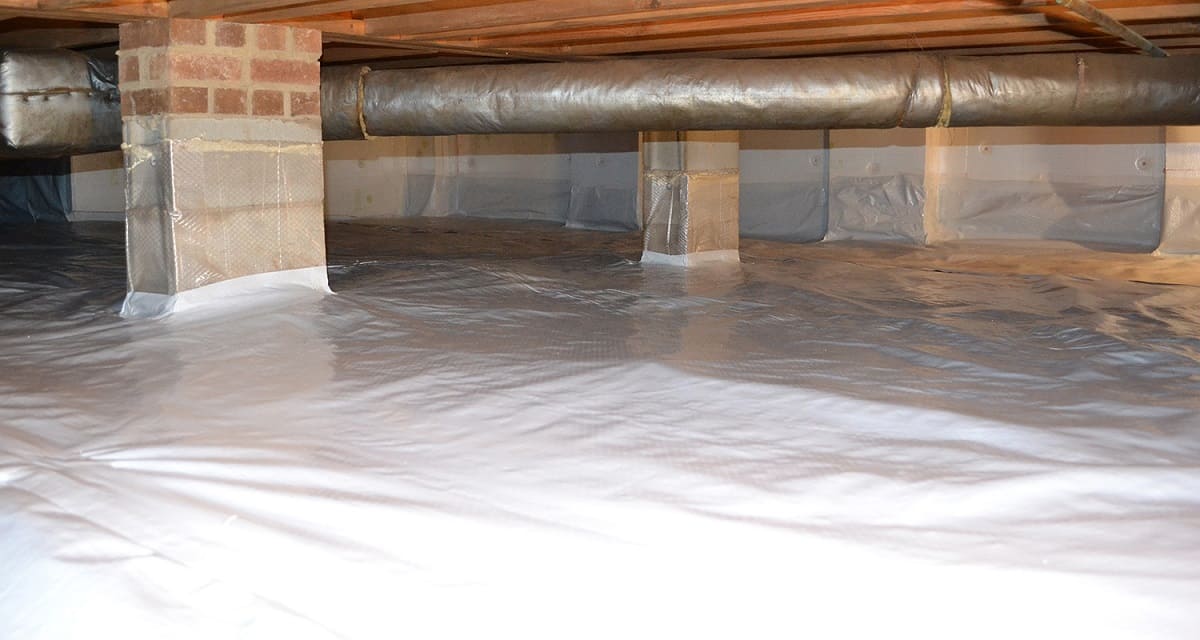
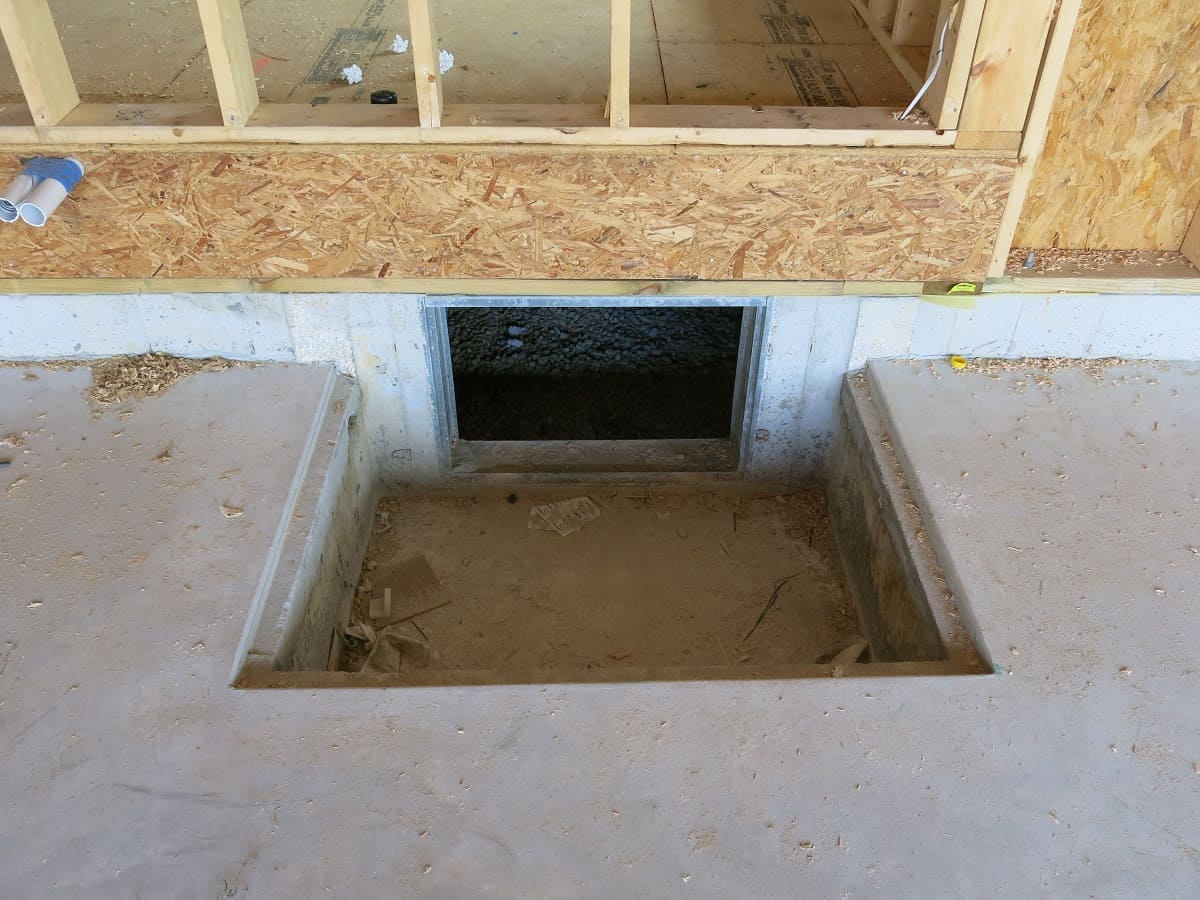
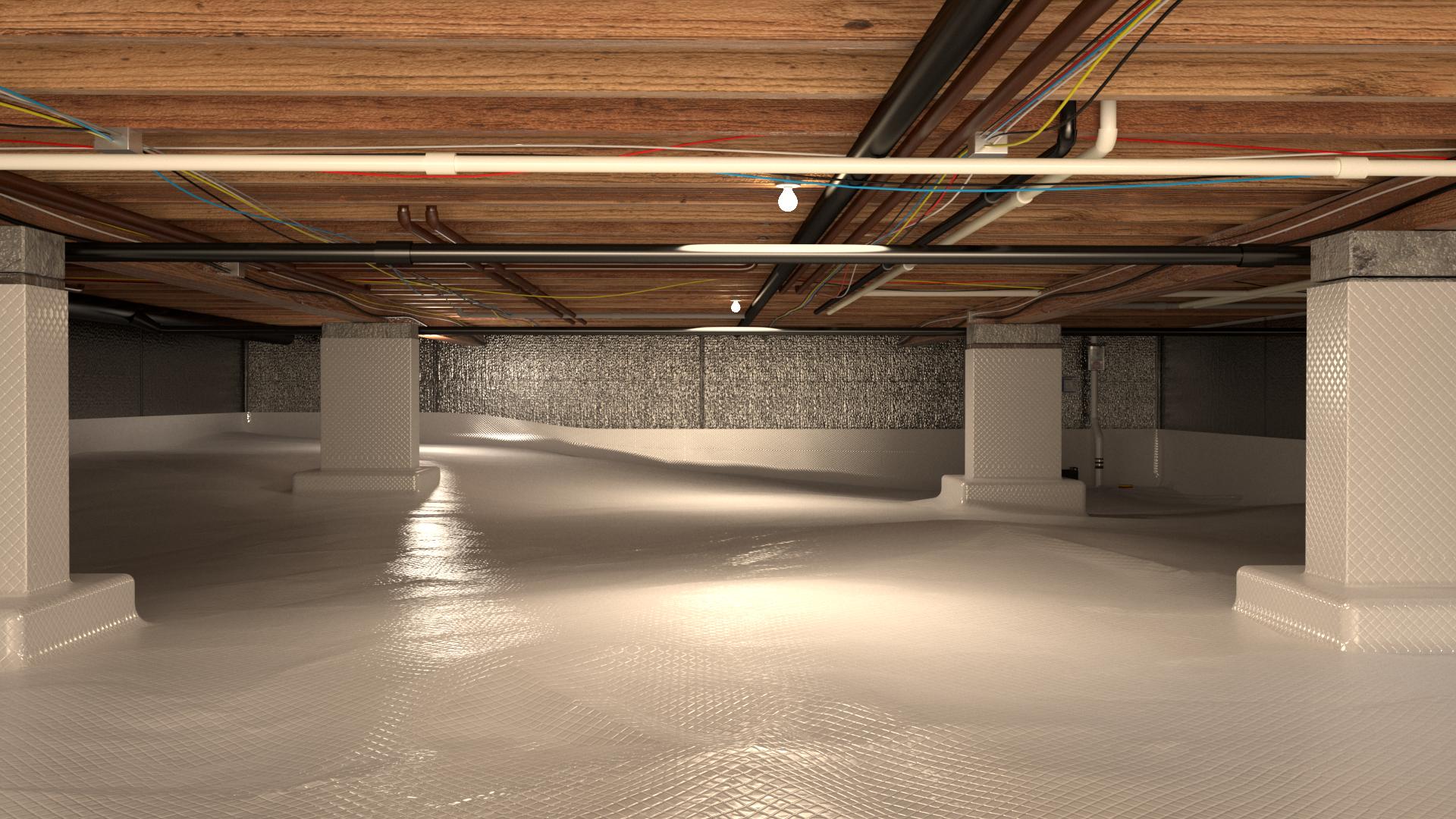
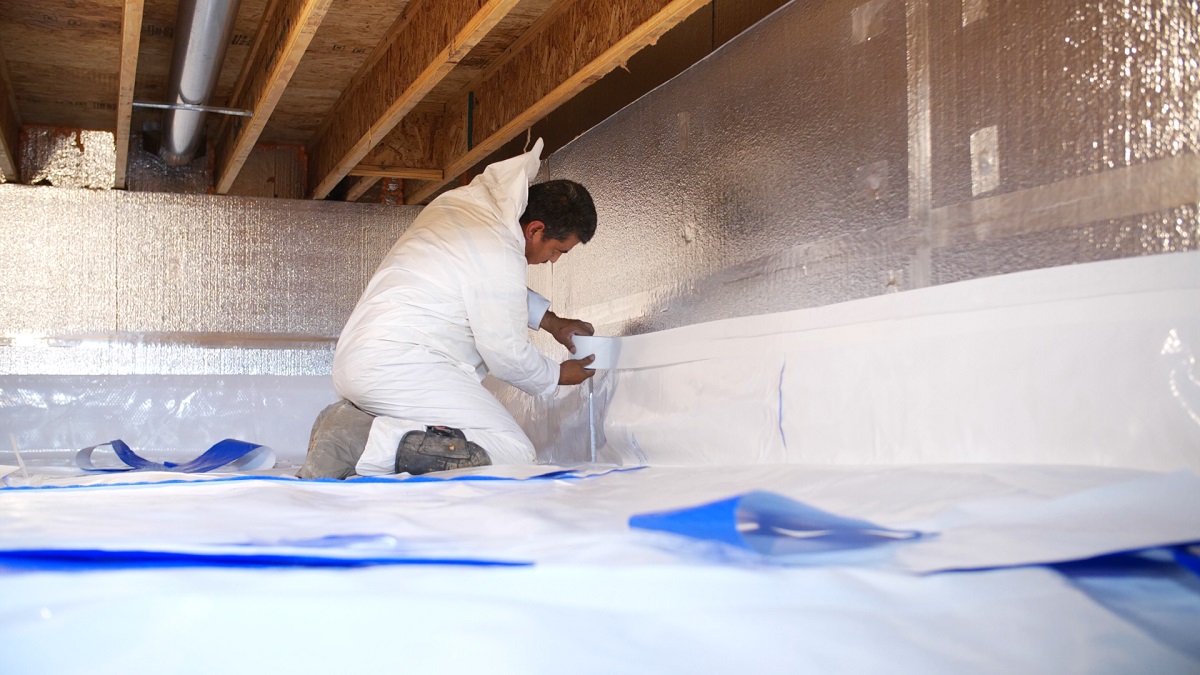
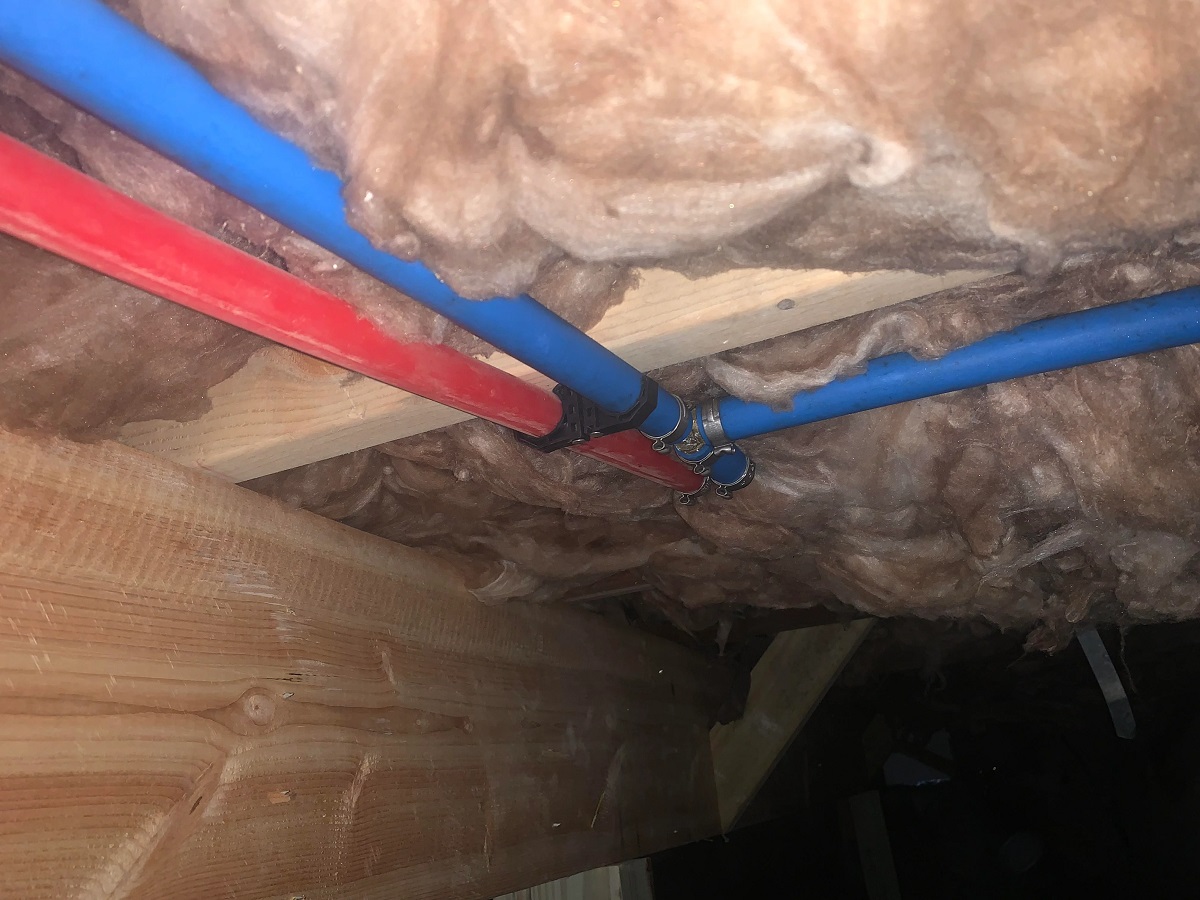
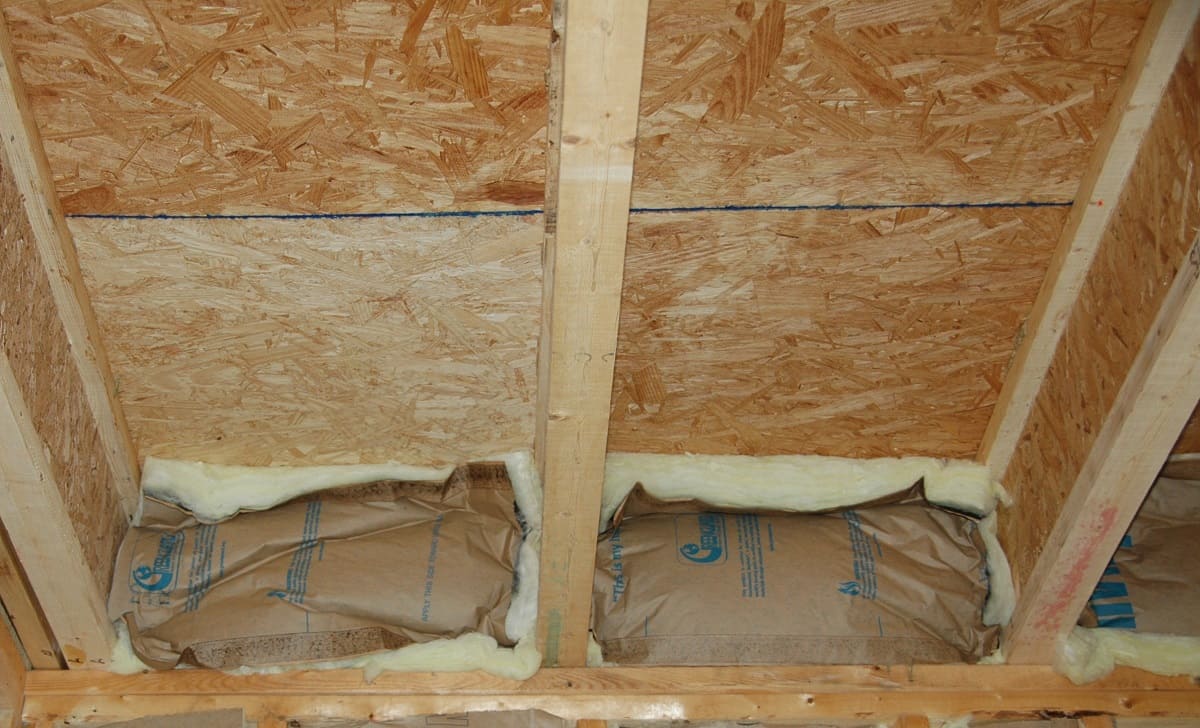
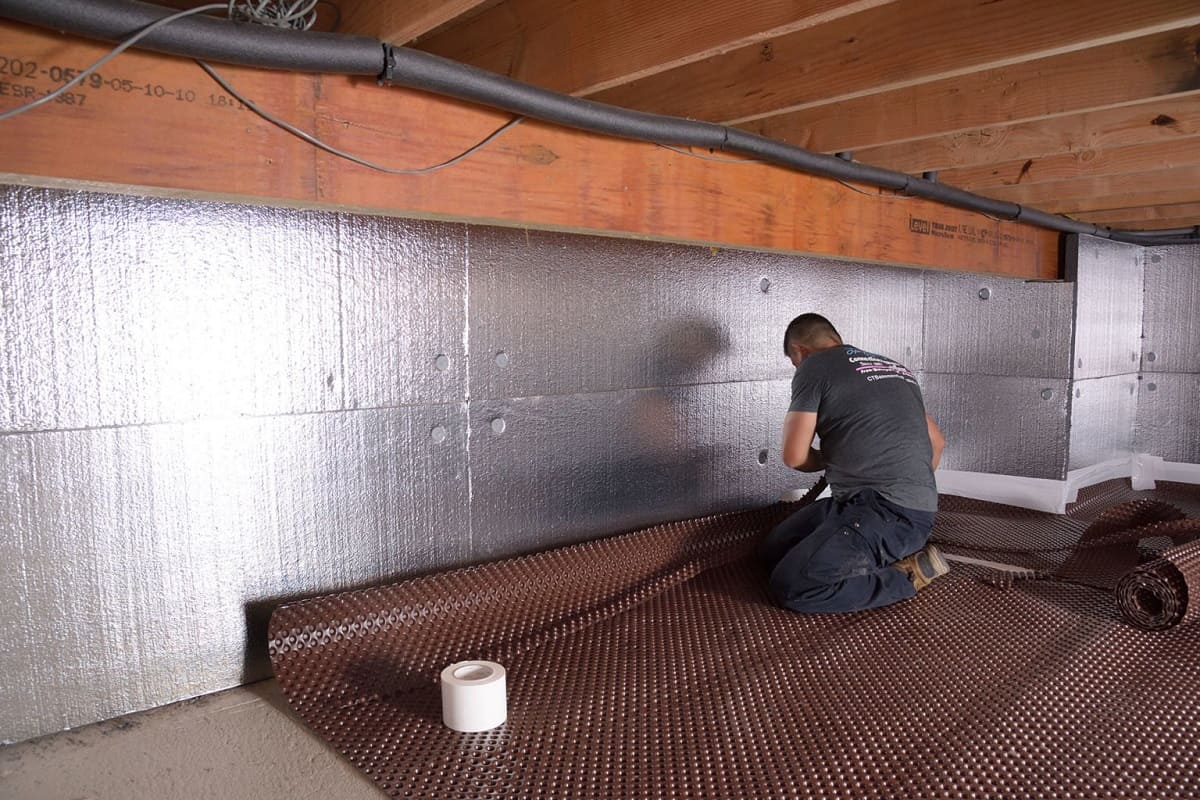
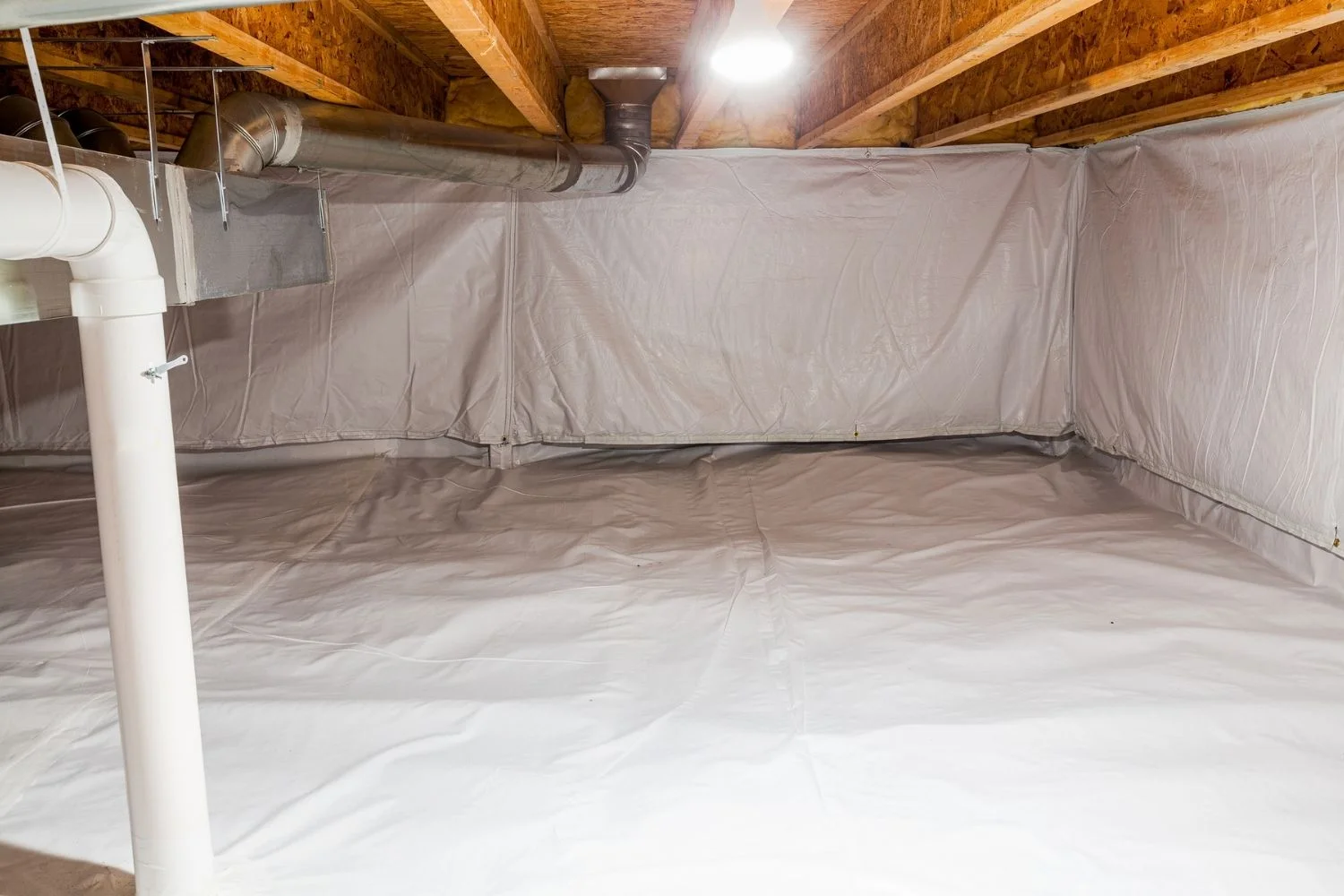
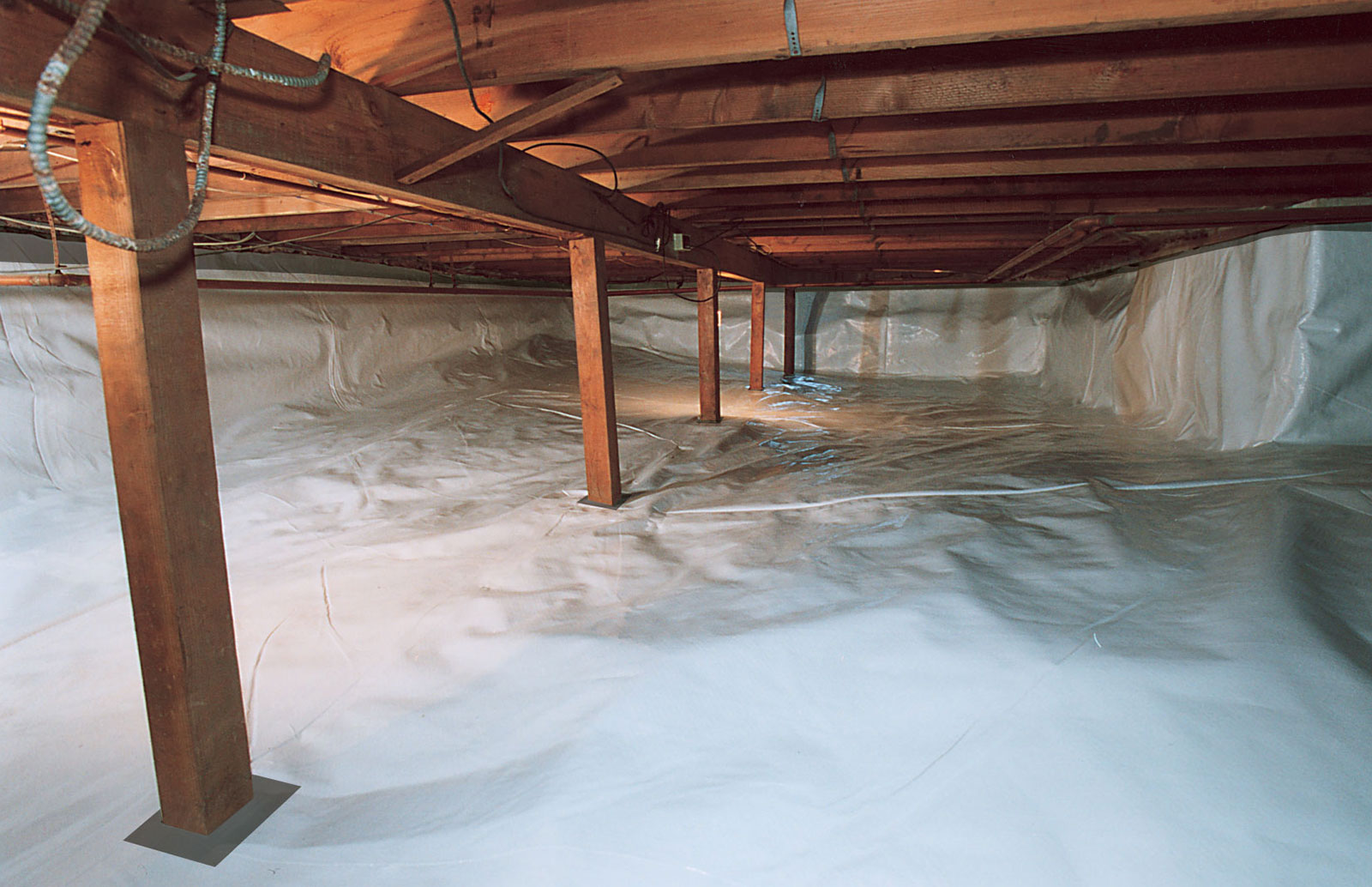
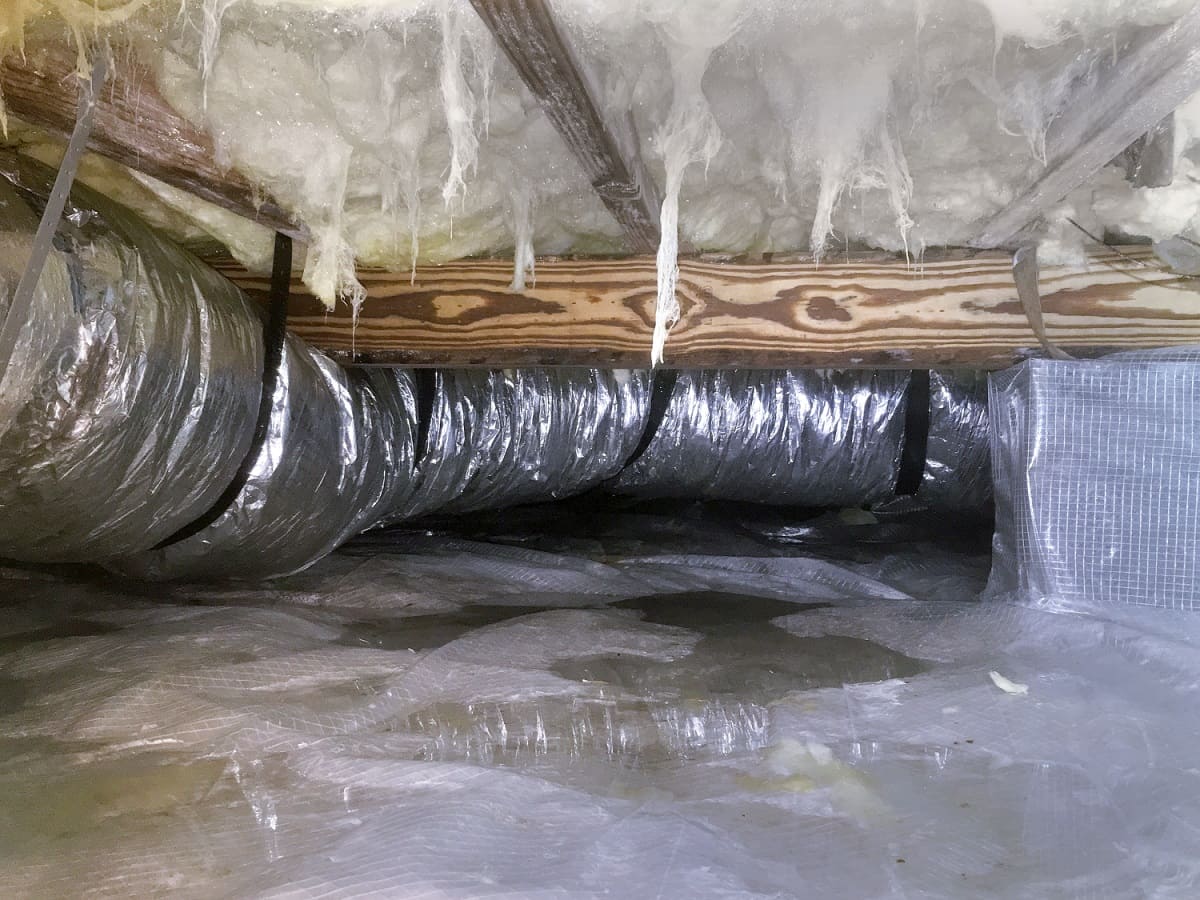

0 thoughts on “How To Waterproof A Crawl Space”